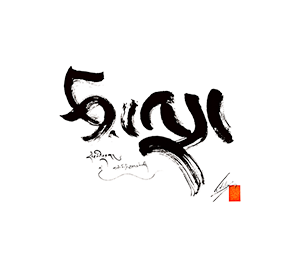References
- Not to be confused with Huìlì 慧立/惠立 (615 -?), a Táng monk, who respected the works of Xuánzàng Sānzàng 玄奘三藏, and wrote a biography on him entitled Dàcíēnsì sānzàng fǎshī zhuàn 大慈恩寺三藏法師傳. When Huìlǐ 慧理 came to Hángzhōu in 326, he was drawn to the mountainous ambience as a place of "the soul‘s retreat," and founded Língyŭn monastery there. In the Liáng 梁 dynasty, Wǔdì (武帝, emperor 502-550) who generally had a positive attitude toward Buddhism endowed Língyǐn Temple with rich land properties. Emperor Jiǎnwén (簡文, r 550-552) wrote a report on this donation, one which is titled Cì língyǐnsì tián jì (賜靈隱寺田記 Report Concerning the Donation of Land to Língyǐn Temple). See http://www.buddhism-dict.net/cgi-bin/xpr-ddb.pl?97.xml+id('b9748-96b1-5bfa‘).
- See Dictionary of Buddhism, sv ātman
